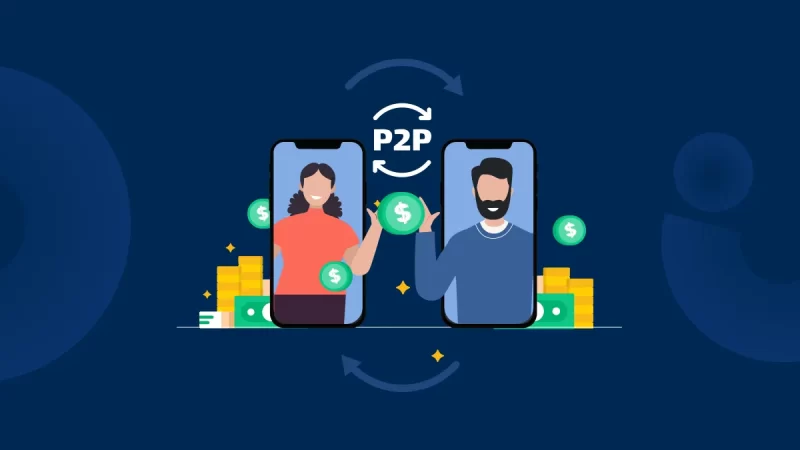What is a Loan Disbursement?

A loan disbursement is the process by which money from a financial institution is spent or distributed. A loan account is ready for disbursement when it has reached the required amount and has been approved by the ADB. The user with the permission to “Set Disbursement Conditions” can add or change disbursement details for an inactive loan account. A user without this permission cannot change or add the details but can still post a new and approved credit or debit card.
A loan disbursement is a payment made from a fund. The fund can be a bank account, escrow account, or trust. Many companies disburse funds every month via paychecks. A company’s cash-disbursements are an indicator of the flow of money in and out of the company. They are paid from dedicated client funds or a public fund. A disbursement is a payment made to a third party. It is typically done in exchange for a reimbursement.
A disbursement can occur on a regular or irregular basis. The duration of a disbursement is set by the financial institution. A typical disbursement is four weeks or 168 days. You can also set up a biweekly payout schedule to avoid monthly fees. There are also many other factors that can affect the amount of funds a loan will disburse. It is critical to consider these factors when setting up a loan to ensure that you have an adequate repayment plan in place.
The first thing to do is check your loan account balance. You must know how much you owe in order to be able to repay your loan. If you owe money, you can pay it back with the money. In most cases, the financial institution will provide a daily payout review, which will enable you to ensure that your payments will be accurate and timely. You can also see a breakdown of your disbursements in the account overview page.
A loan disbursement can be positive or negative. A positive one results in an account credit while a negative one results in a debit. In other words, a positive disbursement means that you have received a credit for the loan amount. A negative disbursement is the exact opposite. It means that you owe money. If your loan is a negative, you have overpaid for it has been reversed back to your bank account.
A loan disbursement is the transfer of funds from a lender’s account to your account. In some cases, it can be positive or negative. A positive disbursement will result in a credit in the student’s account. A negative one is a debit because funds from your loan account were drawn after you received an overpayment from financial aid. A negative, on the other hand, is when the loan was drawn from your student’s account.






